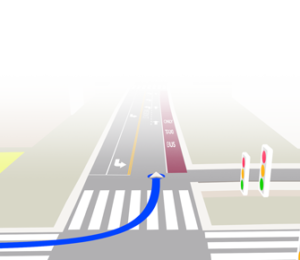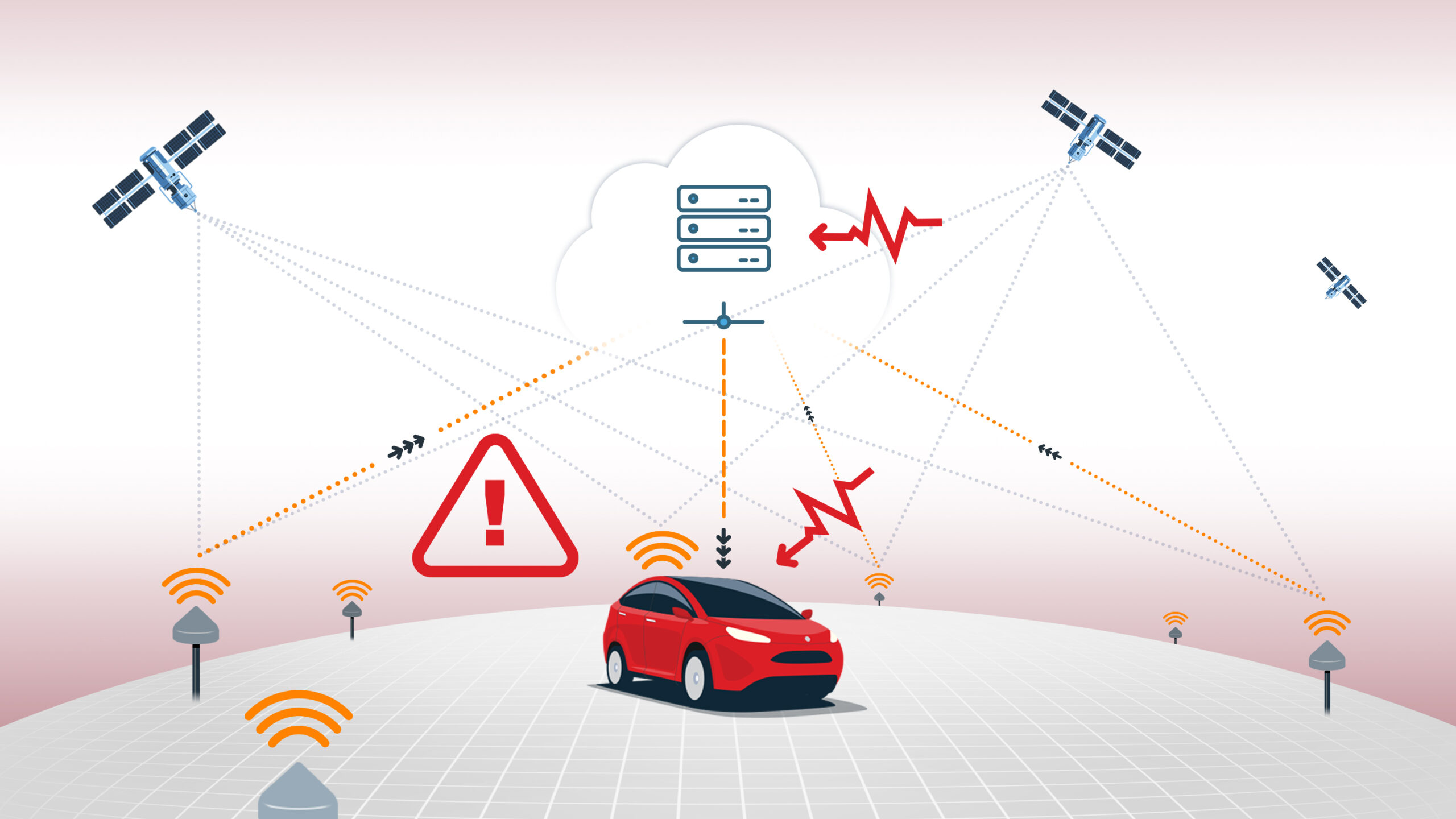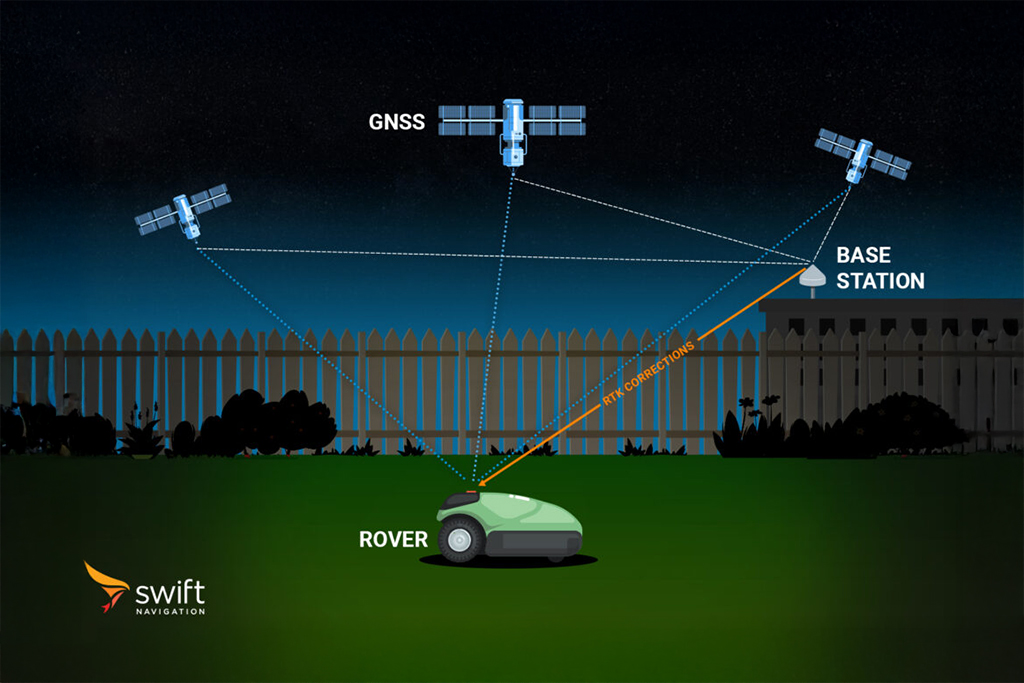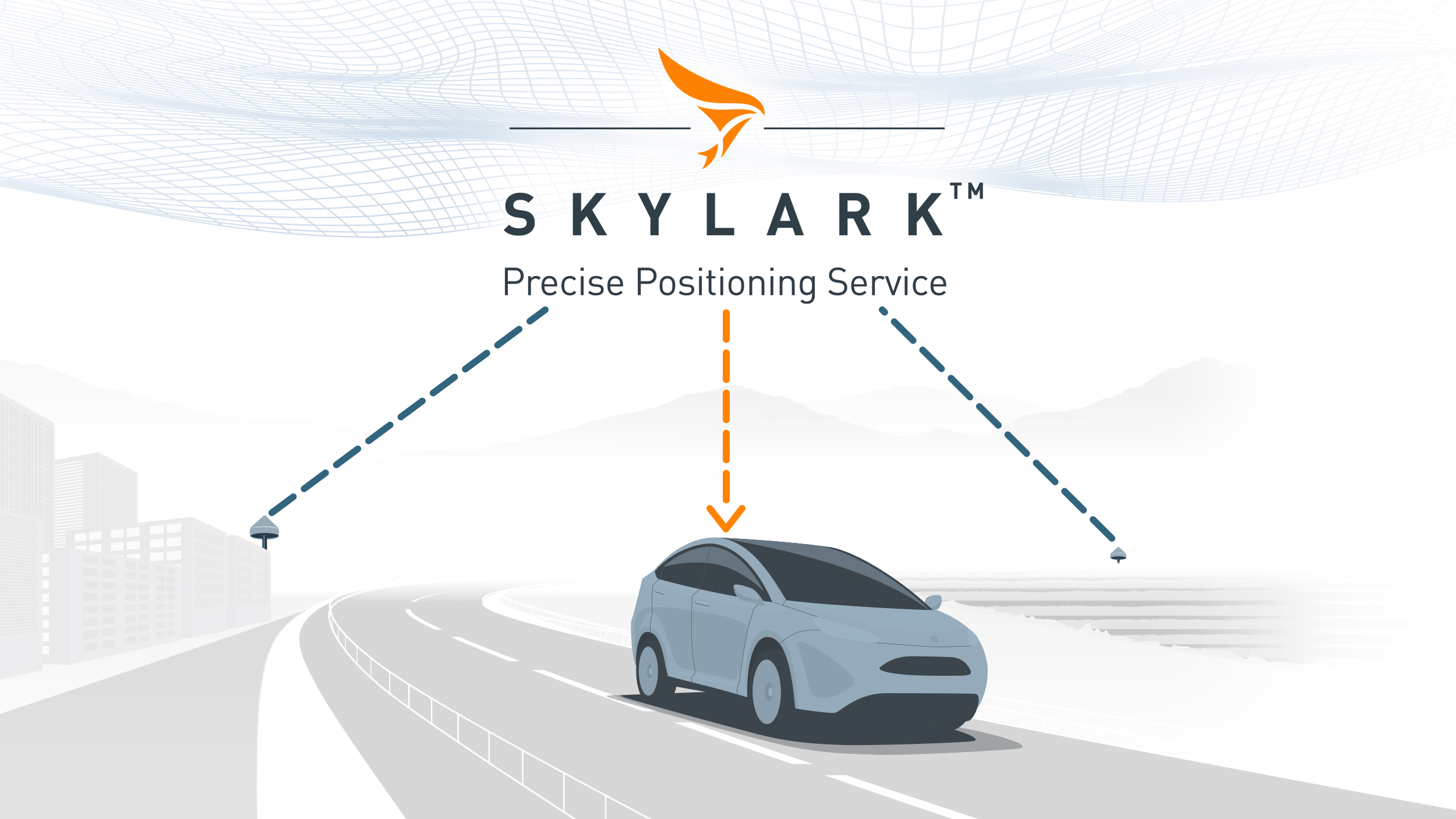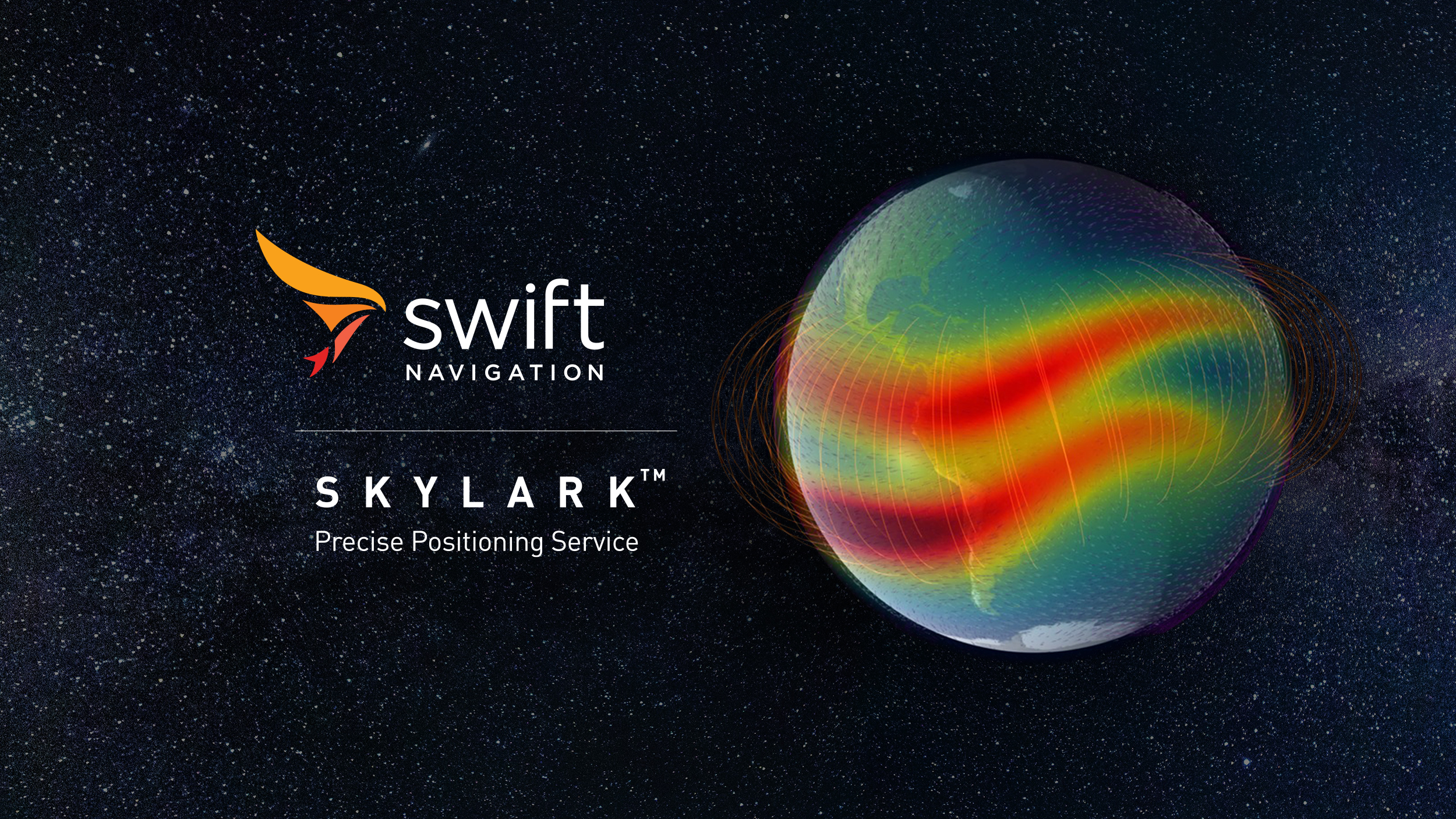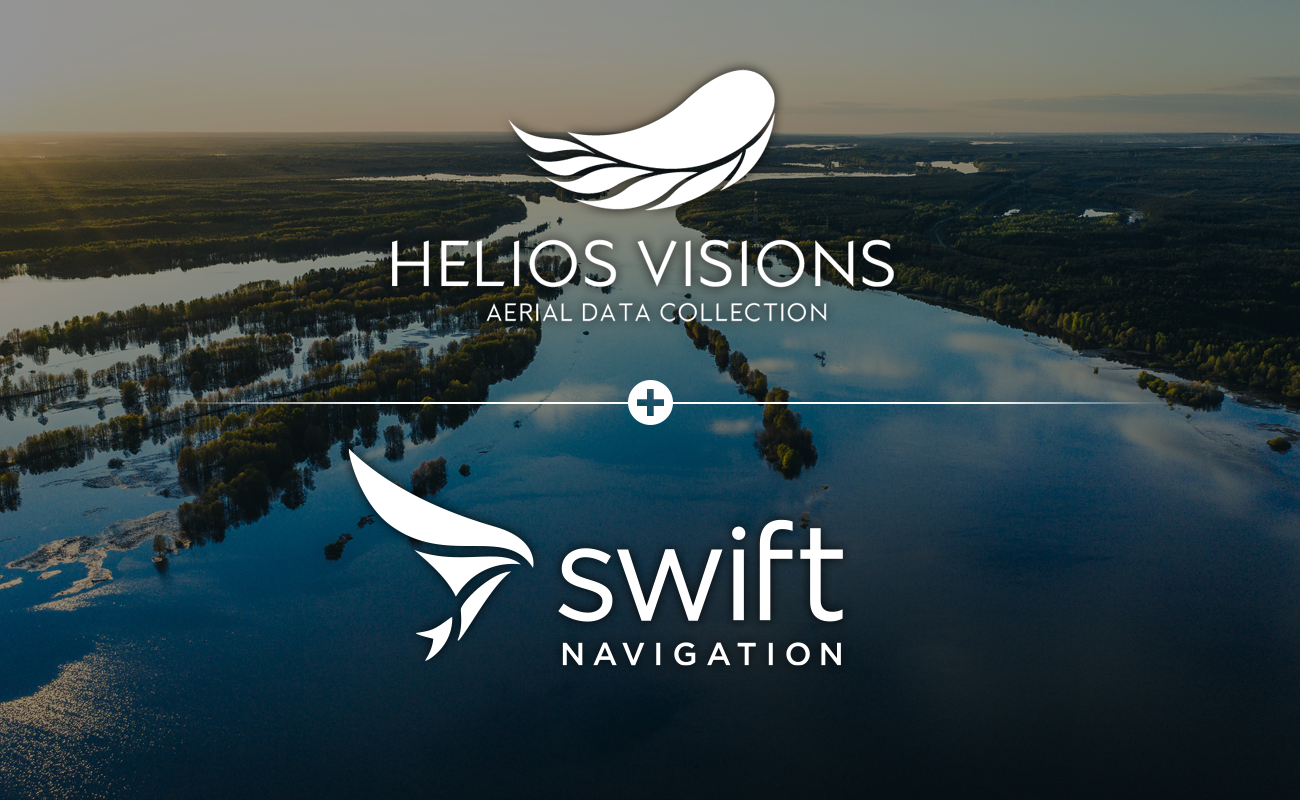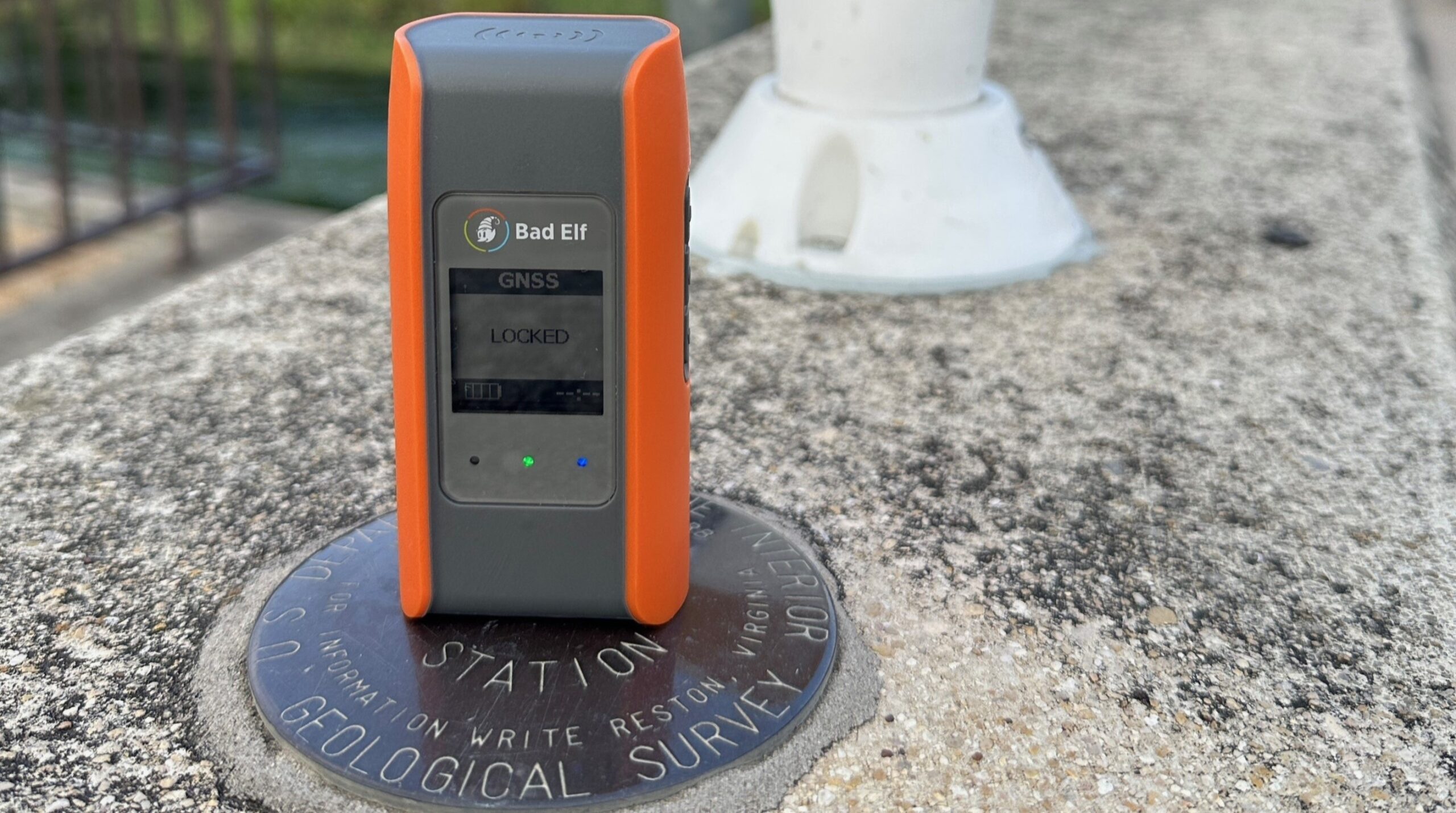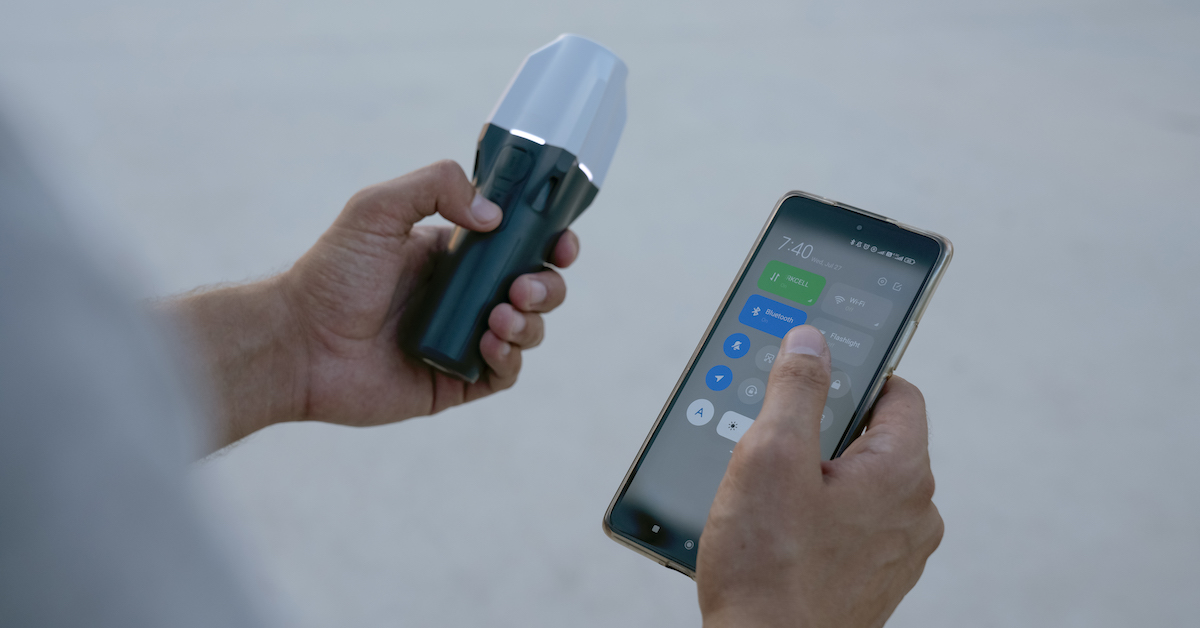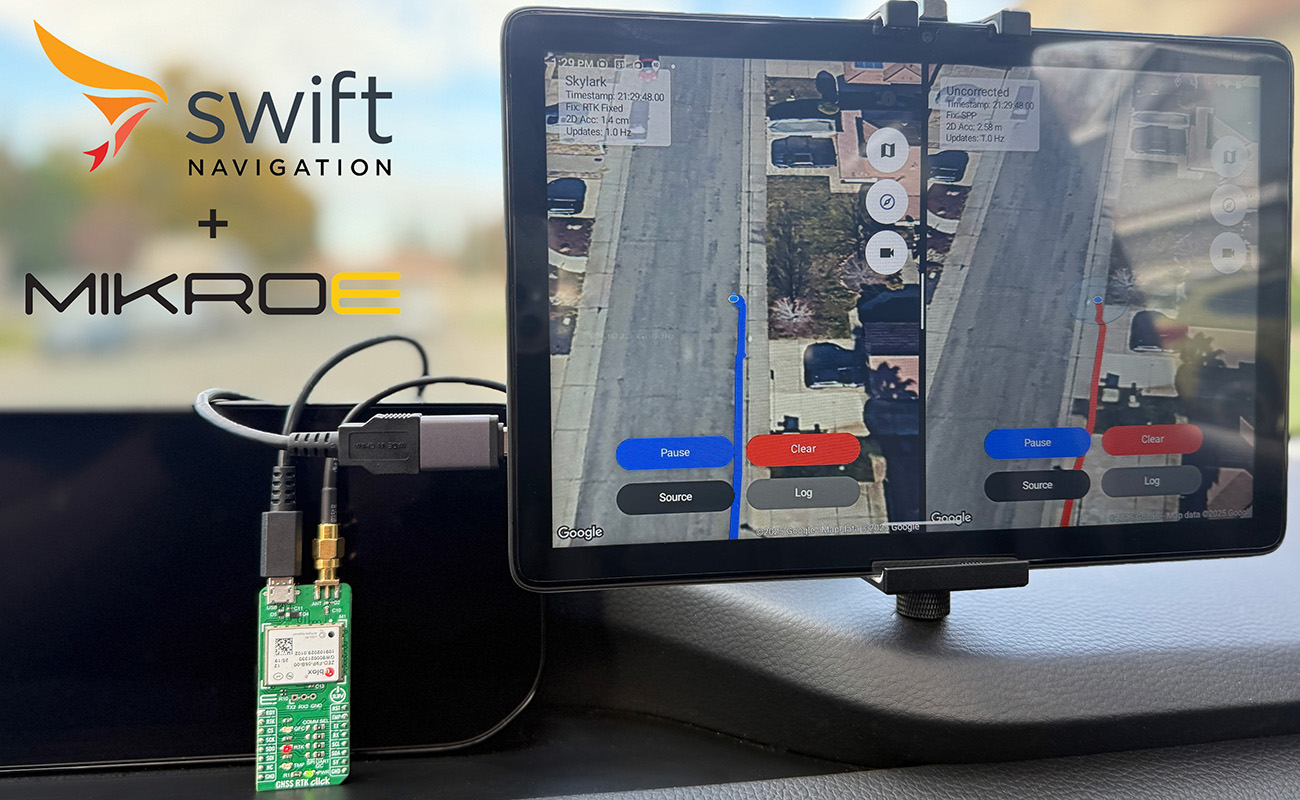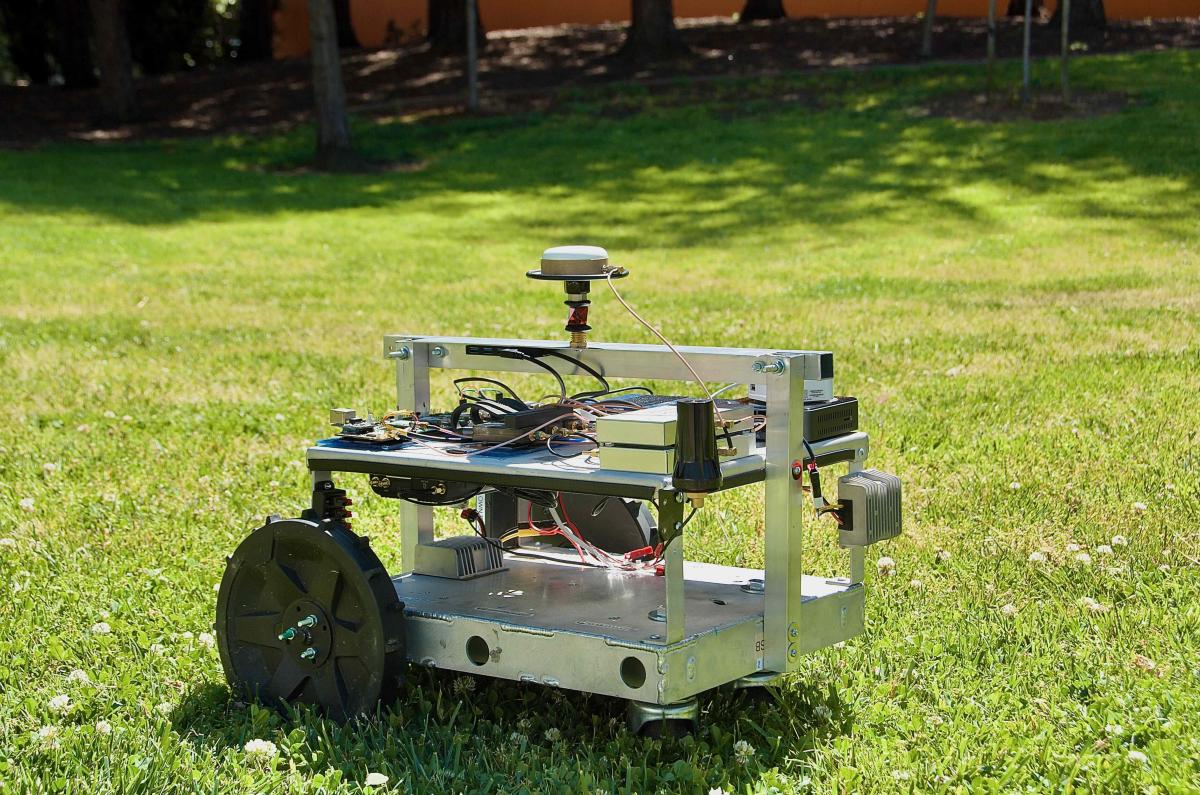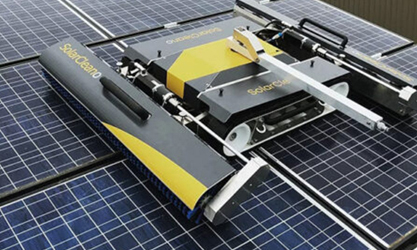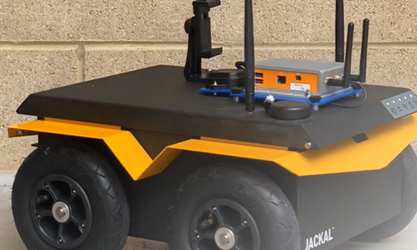What is Ionospheric Delay?
Ionospheric delay is a major source of error in GNSS positioning. It occurs because satellite signals slow down and bend as they pass through the ionosphere, a layer of Earth’s atmosphere filled with electrically charged particles (free electrons). This interaction causes a delay in the signal’s travel time, leading to inaccuracies in calculating a receiver’s position.
The extent of this delay depends on factors like the angle at which the satellite signal enters the ionosphere (satellite elevation angle) and the Total Electron Content (TEC) – the total number of electrons – along the signal’s path. TEC is a key measure of ionospheric activity, and models like the Single Layer Model (SLM), which treats the ionosphere as a thin shell at about 400 km altitude, help convert these delays for practical use.
Modern GNSS receivers use sophisticated strategies to mitigate ionospheric delay:
- Dual-Frequency Reception: The most effective method. By receiving signals on two or more different frequencies (e.g., L1 and L5), receivers can directly measure the delay caused by the ionosphere and precisely compensate for it. This provides a more accurate correction than relying solely on models. Learn more about dual frequency GNSS in our blog L1/L2 vs L1/L5: Evaluating Dual-Frequency GNSS for High Precision Applications.
- Carrier Phase Measurements: Receivers analyze the phase of the satellite signals across different frequencies. Specific combinations of these measurements are “geometry-free,” meaning they isolate the ionospheric delay, allowing it to be observed and tracked.
- Regional Corrections: GNSS augmentation systems broadcast real-time ionospheric correction data for specific geographical regions. Receivers within these areas can apply these corrections to enhance their positioning accuracy.
The impact of ionospheric delay can vary significantly. Therefore, high-precision GNSS systems often include quality control measures, such as setting thresholds for acceptable delay values, and may exclude data that falls outside these limits to maintain accuracy.
For demanding applications requiring precise positioning, effectively handling ionospheric delays is critical. Modern multi-constellation receivers leverage signals from various satellite systems and frequencies to improve their estimation and compensation of these delays. This leads to more reliable and accurate GNSS performance, particularly in challenging environments where ionospheric effects might be more pronounced. Continuous monitoring and correction of ionospheric delays are essential for consistent and accurate GNSS operation across diverse use cases.
Related Content
GNSS Basics

Devon Sharp

Marwan Ramadan

Marwan Ramadan

Devon Sharp

Devon Sharp

Marwan Ramadan

Devon Sharp

Marwan Ramadan
GIS

Devon Sharp

Devon Sharp
ROBOTICS

Marwan Ramadan

Emilee Pierce








